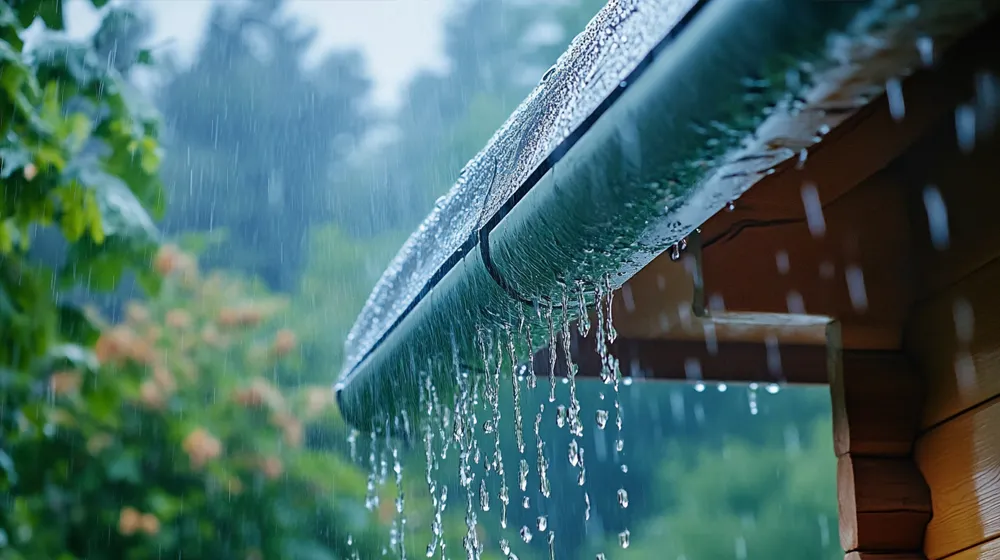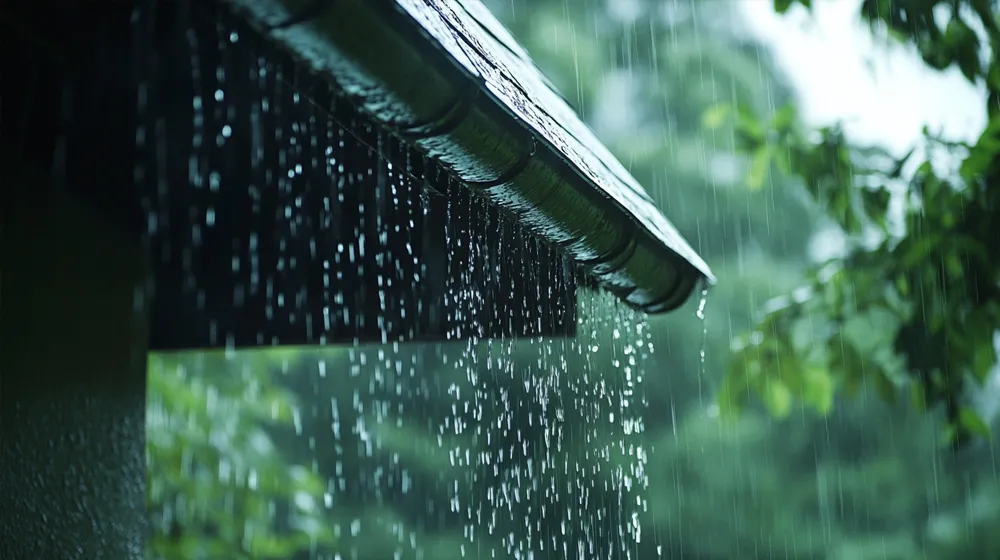A well-designed gutter system plays a vital role in protecting your home from water damage and maintaining its structural integrity. By ensuring efficient water flow and directing rainwater away from the foundation, MY Pittsburgh Gutters helps you prevent costly repairs and enhance your home’s curb appeal. This guide explores essential aspects of gutters, downspouts, and drainage solutions to safeguard your home effectively.

Where Should Gutters Drain?
Gutters should drain rainwater away from your home’s foundation to prevent flooding and structural damage. The general rule is to guide water at least six feet away from the foundation to avoid water pooling. Options include:
1. Rainwater Collection System
Use rain barrels or tanks to collect rainwater for reuse in irrigation or cleaning. This cost-effective method minimizes excess water around your property.
2. Drainage Pit
A partially filled pit with gravel collects water from the rain gutter downspout and safely disperses it into the ground.
3. French Drains
Install french drains to channel water away using underground pipes covered with gravel, ideal for managing heavy rainfall.
Contact UsKey Components of a Gutter System
Gutters and Downspouts
Gutters collect rainwater from the roof and direct it to downspouts, which lead water away from your home. Properly installed gutters and downspouts are essential to handle heavy rain and prevent overflow.
Downspout Extensions
Extend your downspouts to ensure water flows away from the foundation. These downward slope extensions direct water into storm drains, public drainage systems, or designated outlets.
Splash Blocks
Position splash blocks under gutter spouts to disperse water and prevent erosion around the foundation wall. They also protect landscaping from water damage.

Proper Downspout Placement for Effective Drainage
Correct downspout placement ensures efficient water management and prevents overflow. Consider the following:
1. Gutter Downspout Locations
Install gutter downspouts at appropriate intervals (typically 20–30 feet apart) to handle large volumes of rainwater.
2. Underground Pipes
Bury downspouts and connect them to underground pipes for a clean and efficient solution that protects landscaping features.
3. Sloped Yard Design
If you have a sloped yard, ensure the downspouts direct water along the downward slope to avoid pooling and erosion.
Advanced Drainage Solutions for Long-Term Efficiency
Rainwater Collection Systems
A professionally installed rainwater collection system includes filters and pumps to store and reuse rainwater effectively. These systems are ideal for homes with significant landscaping features.
Trench Drains
For paved areas, install trench drains lined with filters to handle heavy rainfall and prevent clogging from debris.
Stealth Flow Connectors
Disguise downspouts with stealth flow connectors that blend seamlessly into your yard, ensuring proper water redirection without compromising aesthetics.

Gutter Maintenance Tips to Prevent Water Damage
Regular Maintenance
Consistent care, including removing debris and inspecting for leaks, helps prevent clogging and ensures your gutter system operates efficiently.
Prevent Overflow
Check for blockages during heavy rain to ensure water can flow freely through gutters and downspouts. Install guards to keep leaves and other debris out of the system.
Professional Installation
For optimal performance, hire experts to install and maintain your gutters, ensuring proper downspout placement and a functional drainage system.
Call Us (412) 657-8460Why Choose MY Pittsburgh Gutters?
At MY Pittsburgh Gutters, we pride ourselves on providing top-tier gutter installation and maintenance services. With years of experience, our certified team ensures your gutter system protects your home from water damage while enhancing its overall appeal. From seamless aluminum downspouts to advanced rainwater collection systems, we deliver solutions tailored to your specific needs. Contact us today for a free estimate and experience the MY Pittsburgh Gutters difference.
FAQs
1. How many downspouts does my house need?
The number of downspouts depends on your roof size and the expected rainfall. As a general rule, one downspout is needed for every 20–30 feet of gutter.
2. What is the best way to prevent gutters from clogging?
Regular maintenance, including removing debris and installing guards, helps prevent blockages and ensures smooth water flow.
3. Do I need splash blocks?
Yes, splash blocks help protect your foundation wall and landscaping by dispersing water from the gutter spouts safely.
4. Can I install a rainwater collection system myself?
While simple rain barrels can be DIY projects, more advanced systems with pumps and filters should be professionally installed.
5. What are the costs of gutter installation?
Costs vary depending on the system, materials, and property size. Contact MY Pittsburgh Gutters for a detailed, cost-effective quote.


